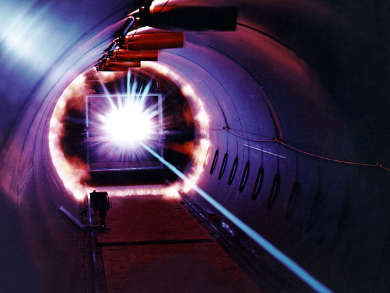Photodynamic therapy (PDT) is a cancer treatment that uses tissue-penetrating light to activate a photosensitizer. The resulting generation of toxic reactive oxygen species, in particular singlet oxygen, can be localized to the tumor. Problems with this approach occur when cancer cells escape the reach of singlet oxygen, which has a short half-life and a limited diffusion distance in tissue. If they do, the cancer can come back.
Youngjae You and colleagues, University of Oklahoma, Oklahoma City, USA, have coupled a sensitizer (a phthalocyanine) with paclitaxel, a cancer drug routinely used to treat many types of the disease. Their conjugate is designed to produce singlet oxygen upon illumination, which causes damage to the cancer cells and also cleaves the aminoacrylate linker between drug and photosensitizer. This releases paclitaxel into the surroundings of the tumor at which the light is aimed.
This prodrug mechanism of action was confirmed in experiments that showed that the phthalocyanine-paclitaxel conjugate is much less cytotoxic than the parent drug until activation with 690 nm light, which led to the death of ovarian cancer cells. These results could aid prodrug design, not only for paclitaxel, but also for a broad panel of other drugs for which a more directed delivery might be beneficial.
- Far-Red Light-Activatable Prodrug of Paclitaxel for the Combined Effects of Photodynamic Therapy and Site-Specific Paclitaxel Chemotherapy,
Pritam Thapa, Mengjie Li, Moses Bio, Pallavi Rajaputra, Gregory Nkepang, Yajing Sun, Sukyung Woo, Youngjae You,
J. Med. Chem. 2016.
DOI: 10.1021/acs.jmedchem.5b01971




